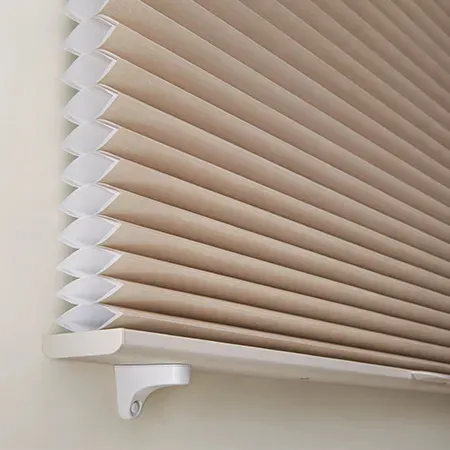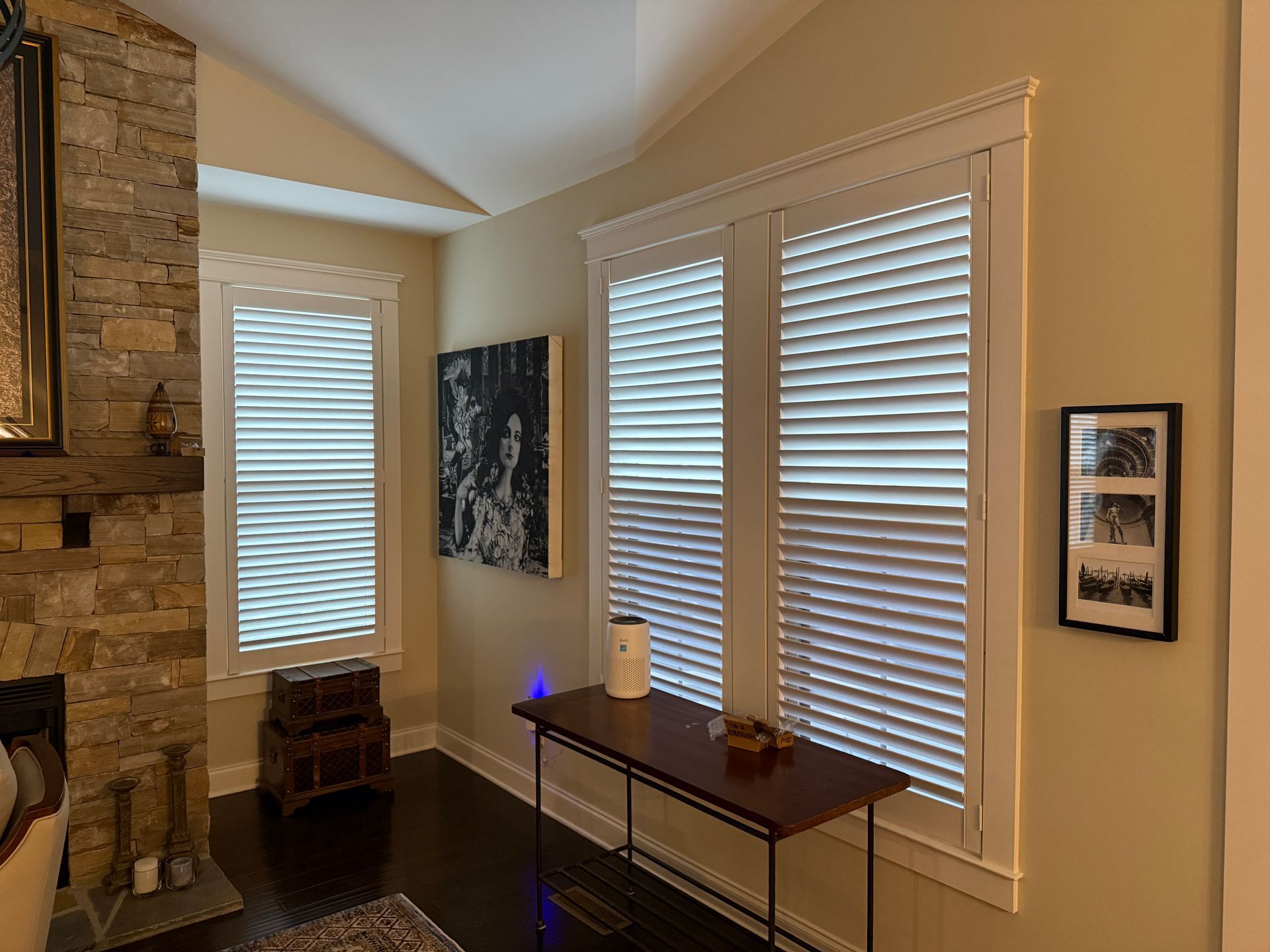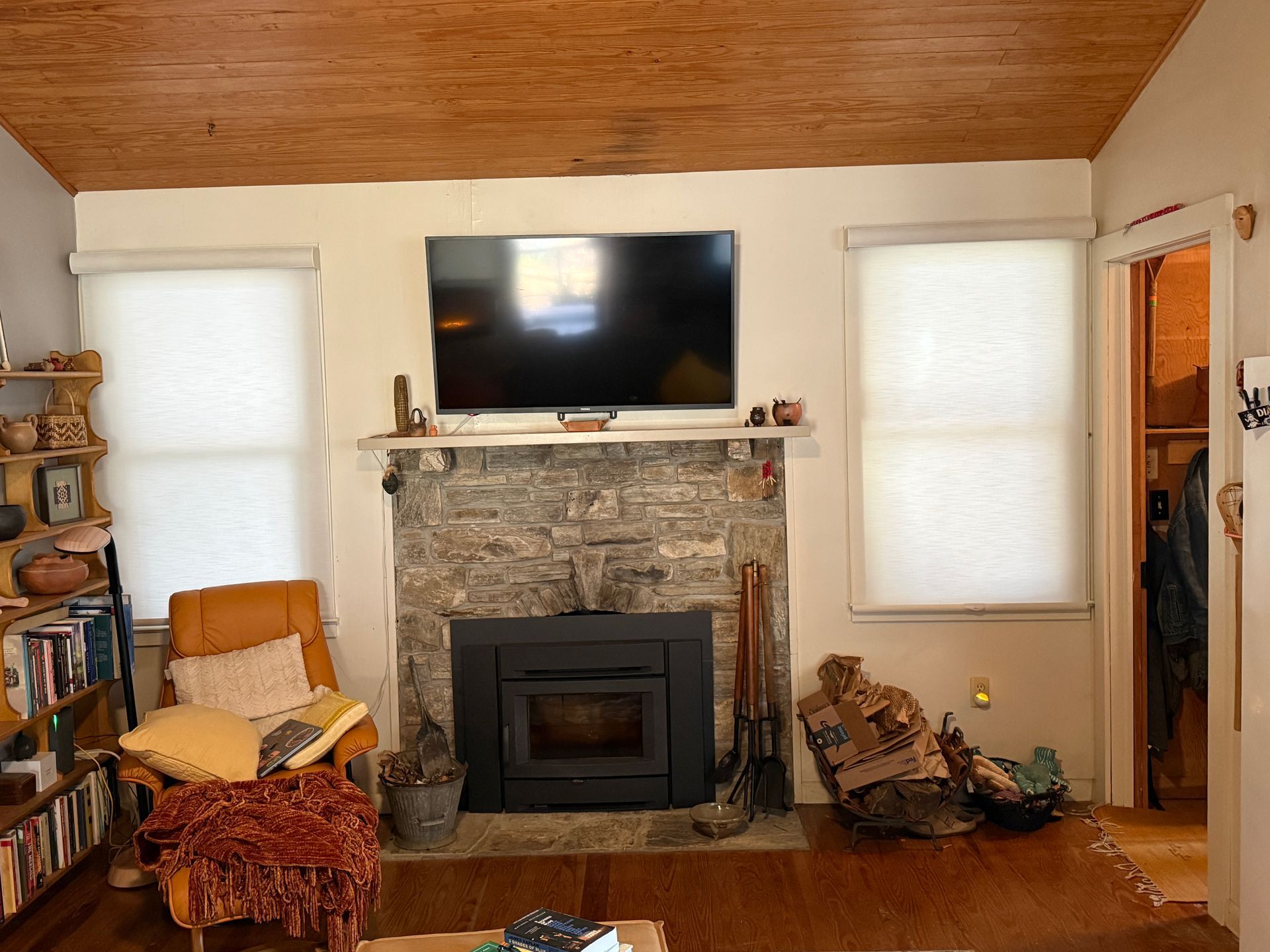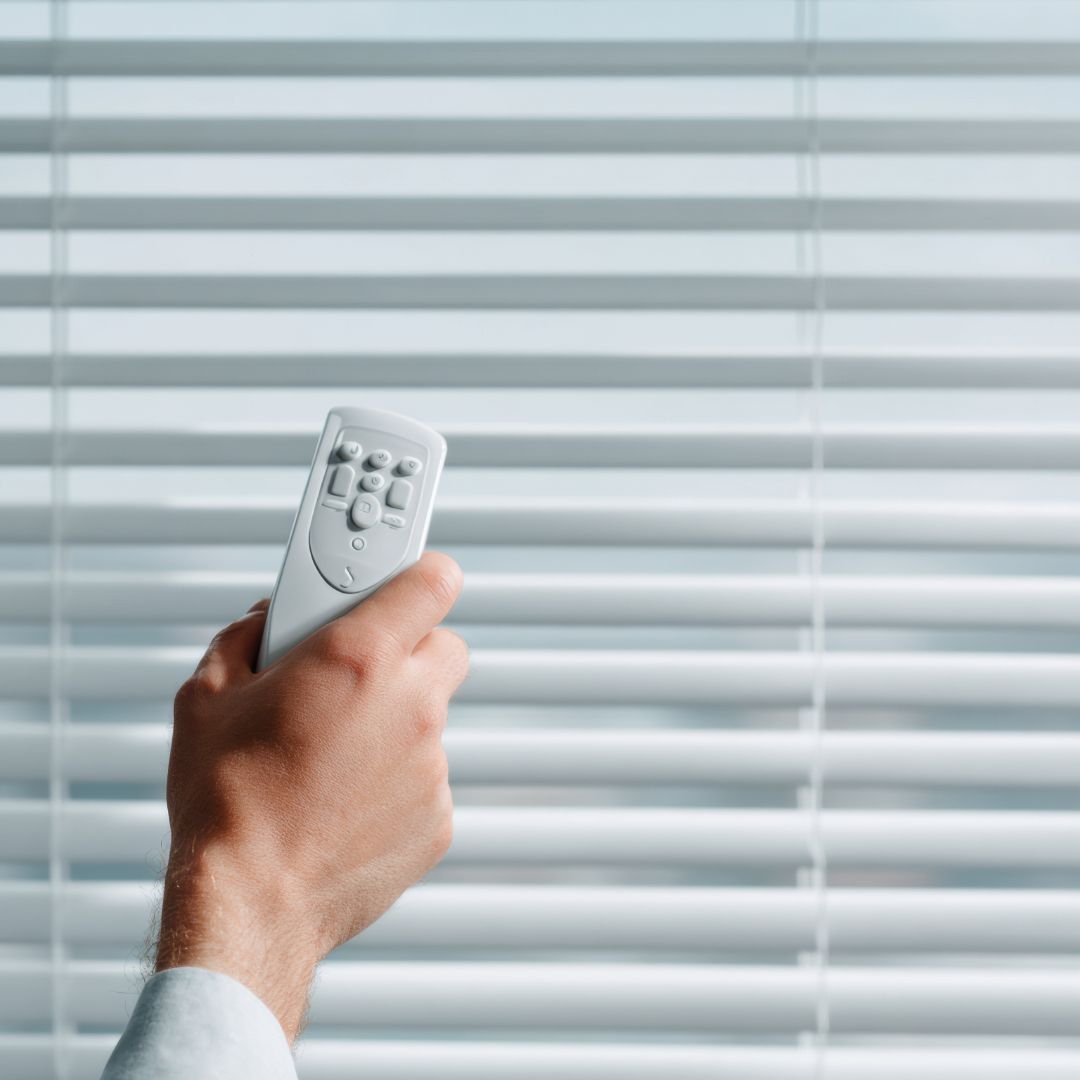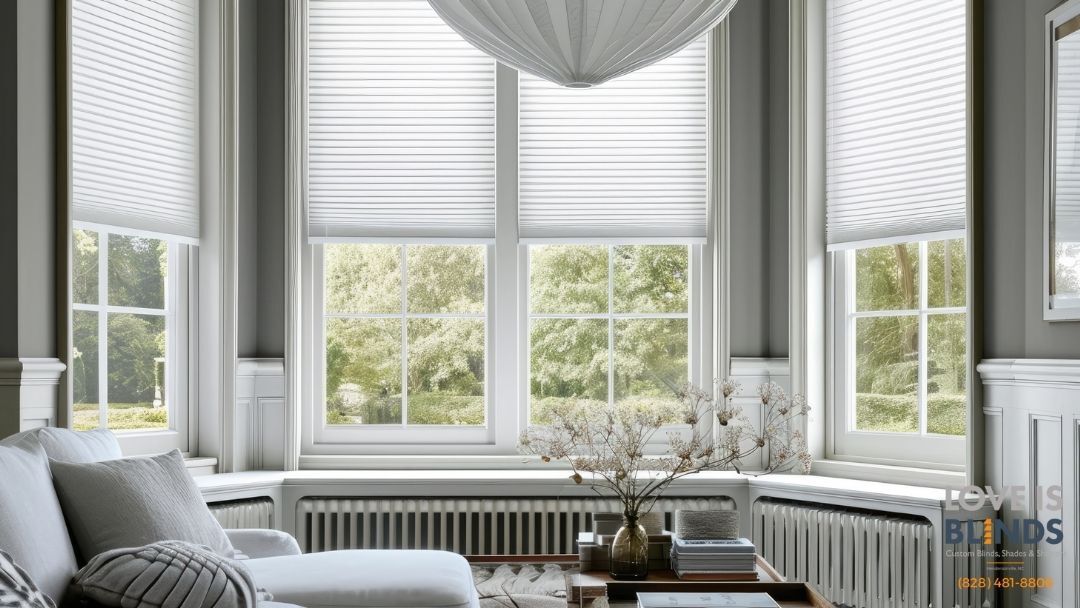Can You Put Blinds on Double-Hung Windows?
Can You Put Blinds on Double-Hung Windows?
TL;DR
Yes, you can absolutely put
blinds on double-hung windows. They are not only compatible but also a practical and stylish choice—offering excellent control over light, airflow, and privacy. The key is choosing the right mounting method and blind style that suits your frame depth and daily use.
What Are Double-Hung Windows and Why They Matter for Blinds

Double-hung windows feature two operable sashes—both the top and bottom can slide vertically. This design allows for flexible ventilation and ease of cleaning.
Why does this matter for blinds?
- Blinds must accommodate movement from both sashes
- Mounting must not interfere with tilt-in function or locks
- Certain blind types support this movement better than others
Commonly found in traditional and modern homes, double-hung windows are known for:
- Two-sash window design
- Vertical movement of both sashes
- Tilt-in capability for cleaning
- Versatility in placement (bedrooms, living rooms, kitchens)
Are Blinds a Good Choice for Double-Hung Windows?
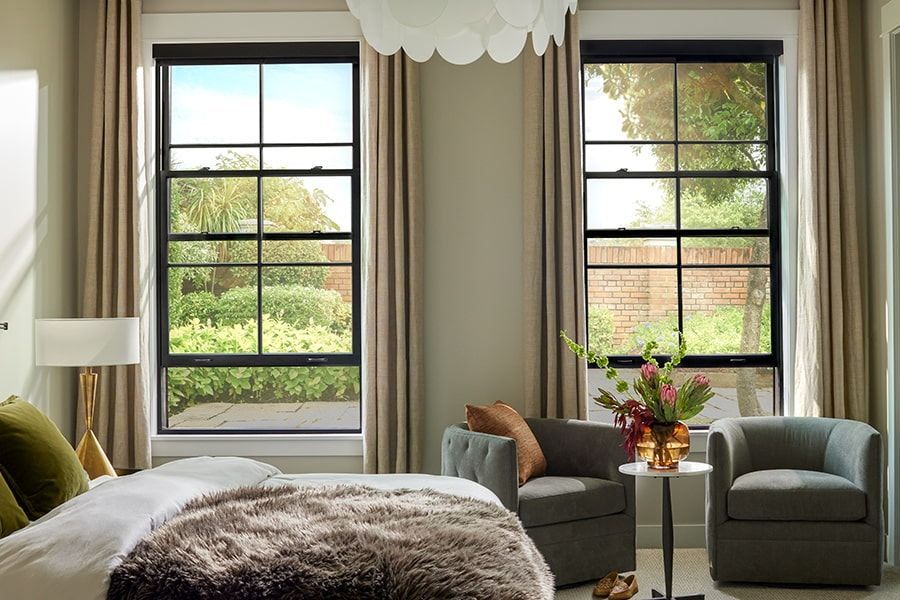
Blinds are one of the best window treatments for double-hung windows. Here’s why:
Benefits of Using Blinds:
- Airflow Control: Open the top sash and lower the blinds from the top for natural air circulation without compromising privacy
- Light Management: Adjust slats or lift blinds from bottom or top to control sunlight throughout the day
- Privacy: Top-down, bottom-up styles maintain privacy even with partial window exposure
- Insulation: Some blind types help regulate temperature and reduce energy bills
Compared to curtains or shades:
- Blinds offer more precise control
- Easier to clean
- Suitable for varied humidity levels (especially faux wood or vinyl)
Blinds are ideal double-hung window coverings, especially in:
- Bedrooms (for privacy)
- Kitchens (for airflow)
- Bathrooms (with moisture-resistant materials)
Best Types of Blinds for Double-Hung Windows
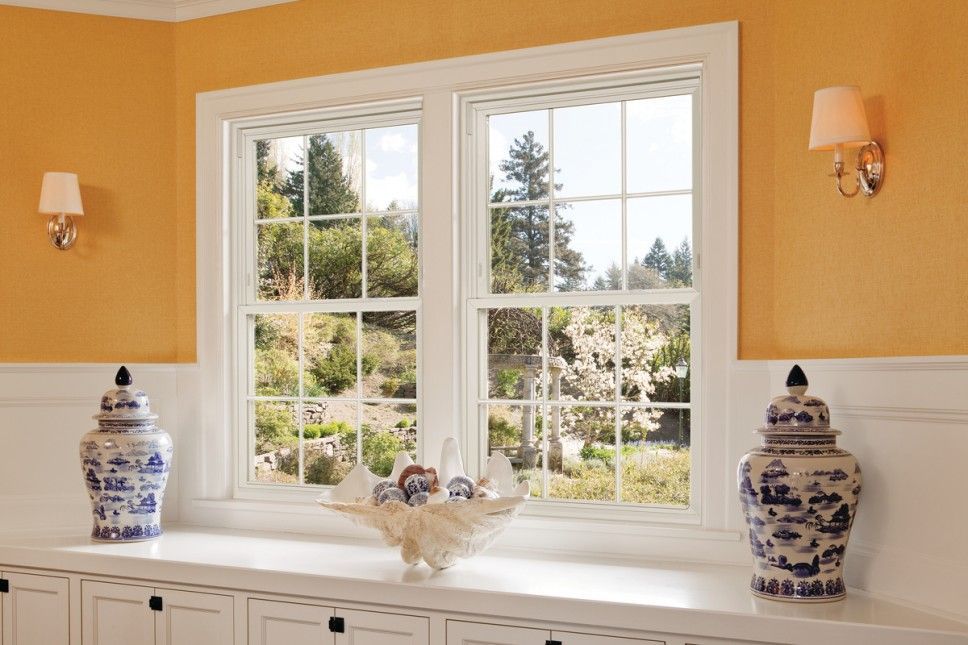
Choosing the right type of blinds depends on your needs and the room they're installed in. Here are the top choices:
Wood Blinds
- Great for insulation
- Natural, warm appearance
- Best for living rooms and bedrooms
Faux Wood or Composite Blinds
- Moisture-resistant and durable
- Look like wood but cost less
- Perfect for bathrooms and kitchens
Vinyl Blinds
- Affordable and low maintenance
- Easy to clean
- Available in various colors and styles
Aluminum Mini Blinds
- Slim profile suitable for shallow frames
- Lightweight and sleek
- Ideal for minimalist spaces
Cellular Shades (Blind Alternative)
- Excellent insulation (energy-efficient blinds)
- Available in top-down/bottom-up functionality
- Sound-absorbing and stylish. They're also a great example of how adaptable shades can be—explore more shade options for every window to find the perfect fit for your home's layout and lighting needs.
If your windows are exposed to high humidity or heat, choose:
- Moisture-resistant window blinds (vinyl or faux wood)
- Blinds that fit tight window spaces (mini blinds or cellular shades)
Inside Mount vs Outside Mount: What’s Better?
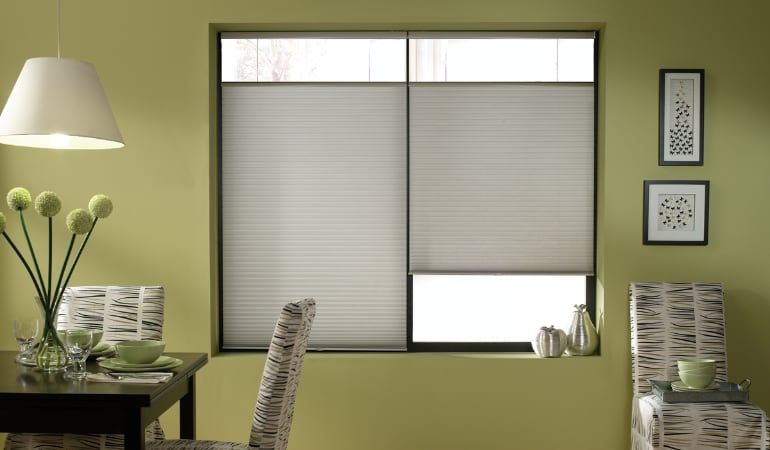
Mounting blinds comes down to frame depth, design, and preference.
Inside Mount Blinds
- Mounted inside the window frame
- Clean, modern look
- Preserves window trim
When to choose:
- You have sufficient frame depth (typically at least 1.5 to 2 inches)
- You want a flush-mounted or recessed window blind installation
- For step-by-step help, refer to our Blinds Inside Mount Guide for accurate measuring and installation tips.
Pros:
- Sleek aesthetic
- Doesn't obstruct surrounding wall space
Cons:
- Requires precise measuring
- May not fit if window frame is too shallow
Outside Mount Blinds
- Mounted on the wall or trim around the window
- Makes windows appear larger
- Covers light gaps better
When to choose:
- Your frame is too shallow
- You want to hide window imperfections
- You need maximum light blocking
Pros:
- Flexible fit
- Easier installation
Cons:
- Covers trim
- Slightly protrudes into room
How to Measure Double-Hung Windows for Blinds (Step-by-Step)
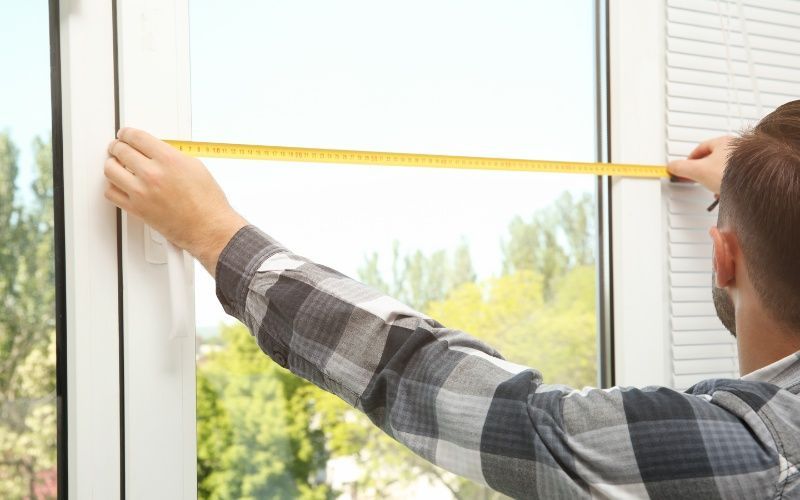
Accurate measuring is crucial to proper fit and function.
Tools You Need:
- Metal measuring tape
- Pencil
- Notepad or digital device
- Level (optional)
For Inside Mount:
- Measure width at top, middle, and bottom inside frame
- Record the narrowest width
- Measure height at left, center, and right
- Record the tallest height
For Outside Mount:
- Measure width of window including trim (add 1.5" – 3" overlap on each side)
- Measure height from top of trim to desired blind end point
- Record both dimensions accurately
Tips:
- Always double-check measurements
- Round down to the nearest 1/8 inch for inside mount
- Round up for outside mount
Installing Blinds on Double-Hung Windows
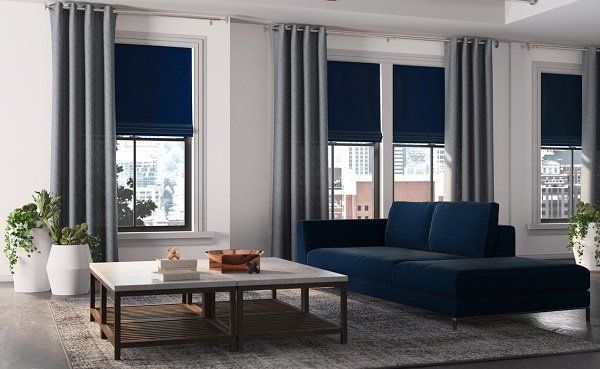
You can install most blinds yourself with standard tools. Here’s how:
Tools Checklist:
- Drill with bits
- Mounting brackets
- Screws
- Screwdriver
- Level
- Pencil
Installation Steps:
- Mark bracket positions (inside frame or outside trim)
- Drill pilot holes
- Attach brackets using screws
- Clip or slide blinds into brackets
- Attach valance if included
- Test the operation of the blinds
Pro Tip: Use a level to avoid crooked installations.
Common Problems + How to Solve Them

Even with careful planning, a few issues may arise.
Obstructed Window Sills
- Solution: Use shallow-profile blinds like mini blinds or cellular shades
Shallow Frame Depth
- Solution: Opt for outside-mounted blinds or slim styles
Blinds Interfering with Locks or Tilt-Sash
- Solution: Leave clearance during measuring and avoid deep headrails
Uneven Brackets or Slanted Installation
- Solution: Always use a level and mark precisely before drilling
Additional Tips:
- Cordless options prevent tangling or damage when opening sashes
- Select lightweight blinds for easier functionality
Maintenance Tips for Blinds on Double-Hung Windows

Proper maintenance keeps your blinds functional and attractive.
Cleaning Based on Material:
- Faux Wood & Vinyl: Wipe with damp cloth or mild detergent
- Wood: Use dry or barely damp cloth, avoid harsh cleaners
- Aluminum: Dust regularly, use microfiber for deep cleaning
- Cellular Shades: Vacuum with brush attachment or spot clean
Preventing Damage:
- Raise blinds before opening/tilting window
- Avoid pulling cords sideways
Recommended Tools:
- Microfiber cloth
- Vacuum with brush tool
- Dusting wand
FAQs About Blinds on Double-Hung Windows

